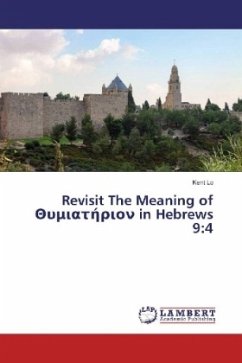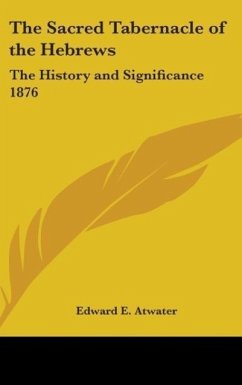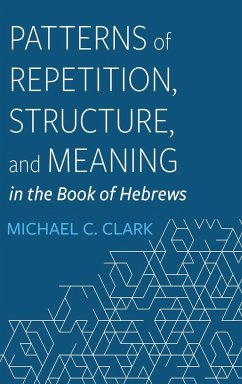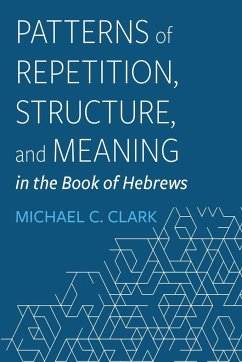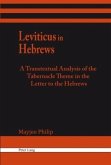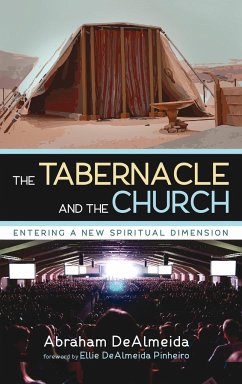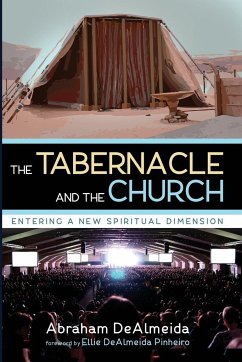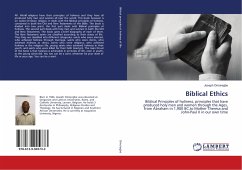Scholars debate about the interpretation of th mi ni in Heb 9:4 for centuries. Those interpreting th mi ni as "incense censer" seek support from the LXX. Those interpreting th mi ni as "incense altar" seek support from the contemporary literature of Philo, Josephus, Symmachus and Theodotion. Textual evidence shows that the usages of Symmachus and Theodotion do not support the "incense altar" interpretation. Moreover, the usages of the Tabernacle items from the LXX, Philo and Josephus give support that Hebrews does not follow the conventions reflected by Philo and Josephus, but is close to the LXX usage. Furthermore, it is found that the parallel verses in Heb 9:2-7 supplement the meaning of each other. mi ni is related to the ritual on the Day of Atonement, and should be interpreted as the "incense censer". Interpreting th mi ni as "incense censer" provides a coherent exegesis on the passage of Heb 9:1-14. The incense cloud screens the High Priest from the presence of God. It indicates a defect of the First Covenant atonement ritual, which cannot cleanse the conscience of the worshipers and produces a contrast to the perfect blood offering by Christ in heaven.

